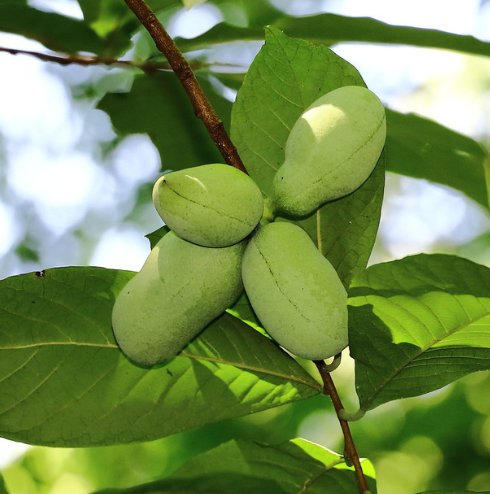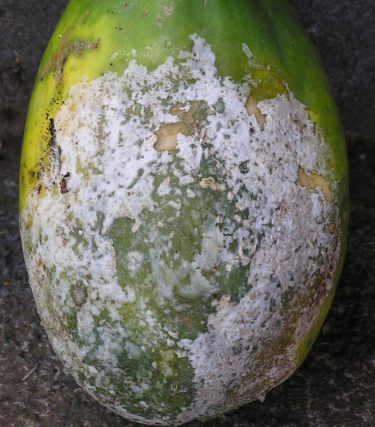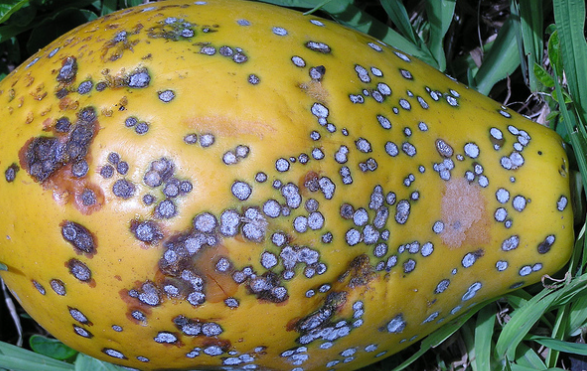Indian Pawpaw Plant
Asimina triloba, or Indian Pawpaw, is a hardy tree growing 5-8m, prefers well-drained loamy soil, full sun, and produces edible fruits with medicinal properties.
Habit
Tree
Height
3 to 10 m
Growth
Medium
Soil
Well-drained, loamy soil
Shade
Full
Moisture
Moderate
Edible
Yes
Medicinal
Yes
Origin
India, North America
Climatic Condition
Temperate, Wet
Temperature (°)
15 to 30
Humidity (%)
60 to 80
Potting media
Coir-perlite mix
Fertilizers
Organic compost, NPK 2:1:1
Watering
Moderate
Plant Weight
200-400 g
Flowering Time
Spring to Summer
Soil Ph level
5.5 to 6.5
Water Ph level
6.0 to 7.0
Soil EC
0.3 to 0.6
Yield Per Plant
50-100 kg/tree
NPK ratio
05:10:10
life Span
20-30 years
Health Benefits
High in antioxidants, supports digestion
Suggested Grow Media or Potting Mix ?
50% loam, 25% compost, 25% sand
Suggested Fertigation/Fertilizers
Fertilize every 3-4 months with balanced fertilizer.
Common Diseases and Remedies
Papaya Ringspot Virus, Powdery Mildew, Anthracnose, Aphids, Root Rot.
Yellowing, mosaic-like patterns on leaves, White powdery spots on leaves, Dark lesions on fruit and leaves, Curling, yellowing leaves, wilting leaves.
Focus on prevention Myclobutanil-based fungicides, Chlorothalonil-based fungicides, Imidacloprid-based insecticides, Fungicides containing metalaxyl.
HEALTH BENEFITS
· Contains compounds with anticancer potential.
· High in vitamins A and C, which promote skin and immune health.
· Rich in fiber, aiding digestion and gut health.

